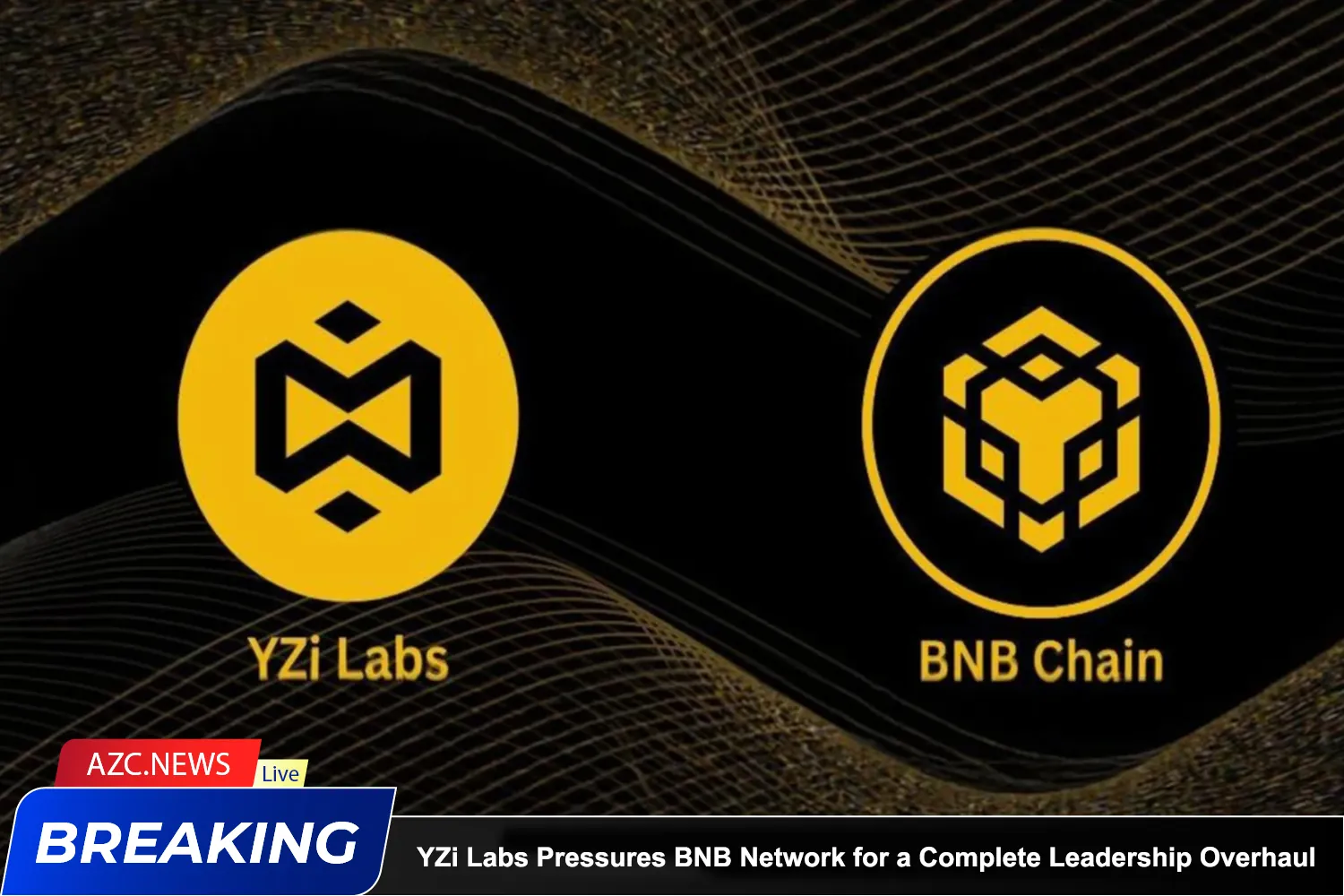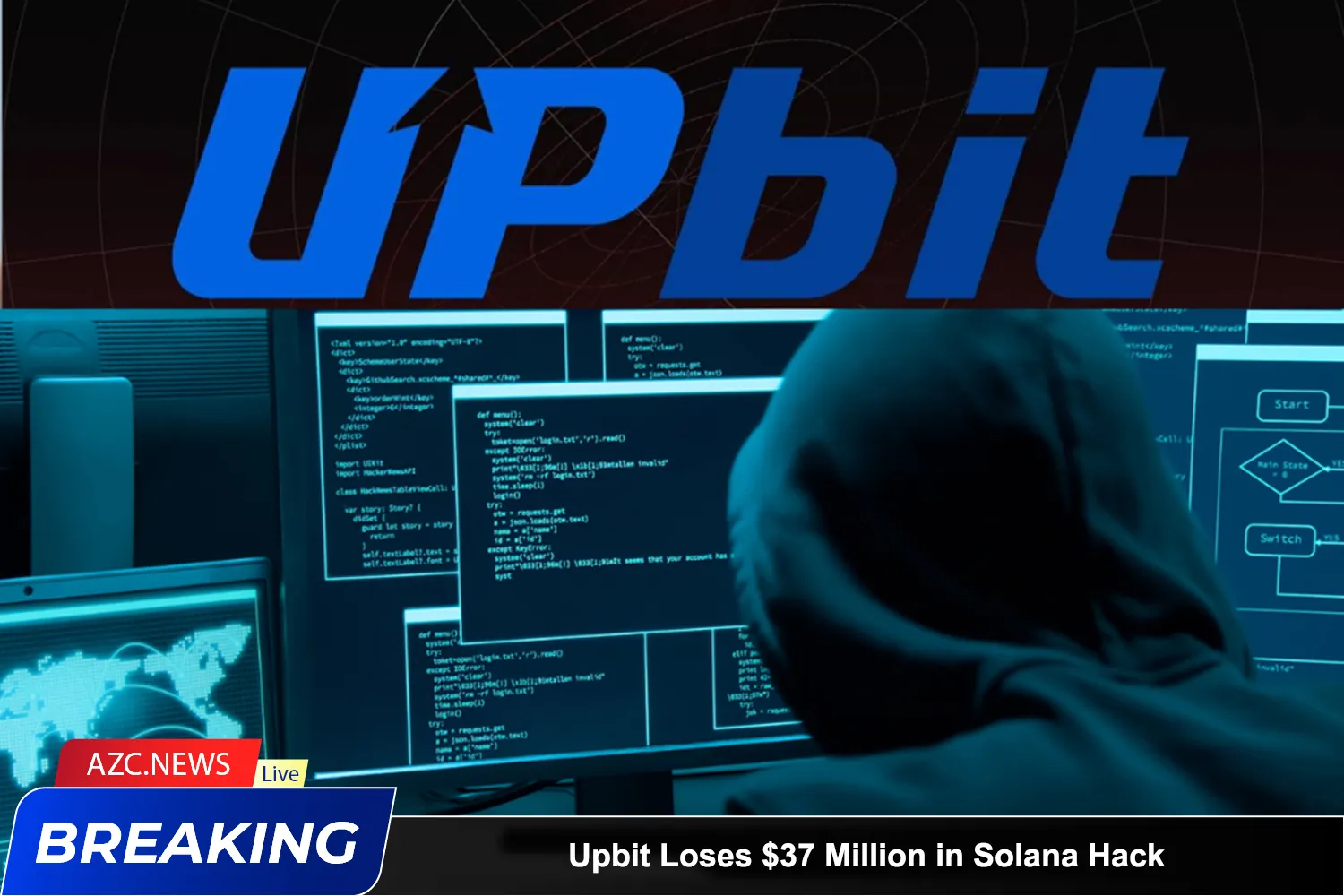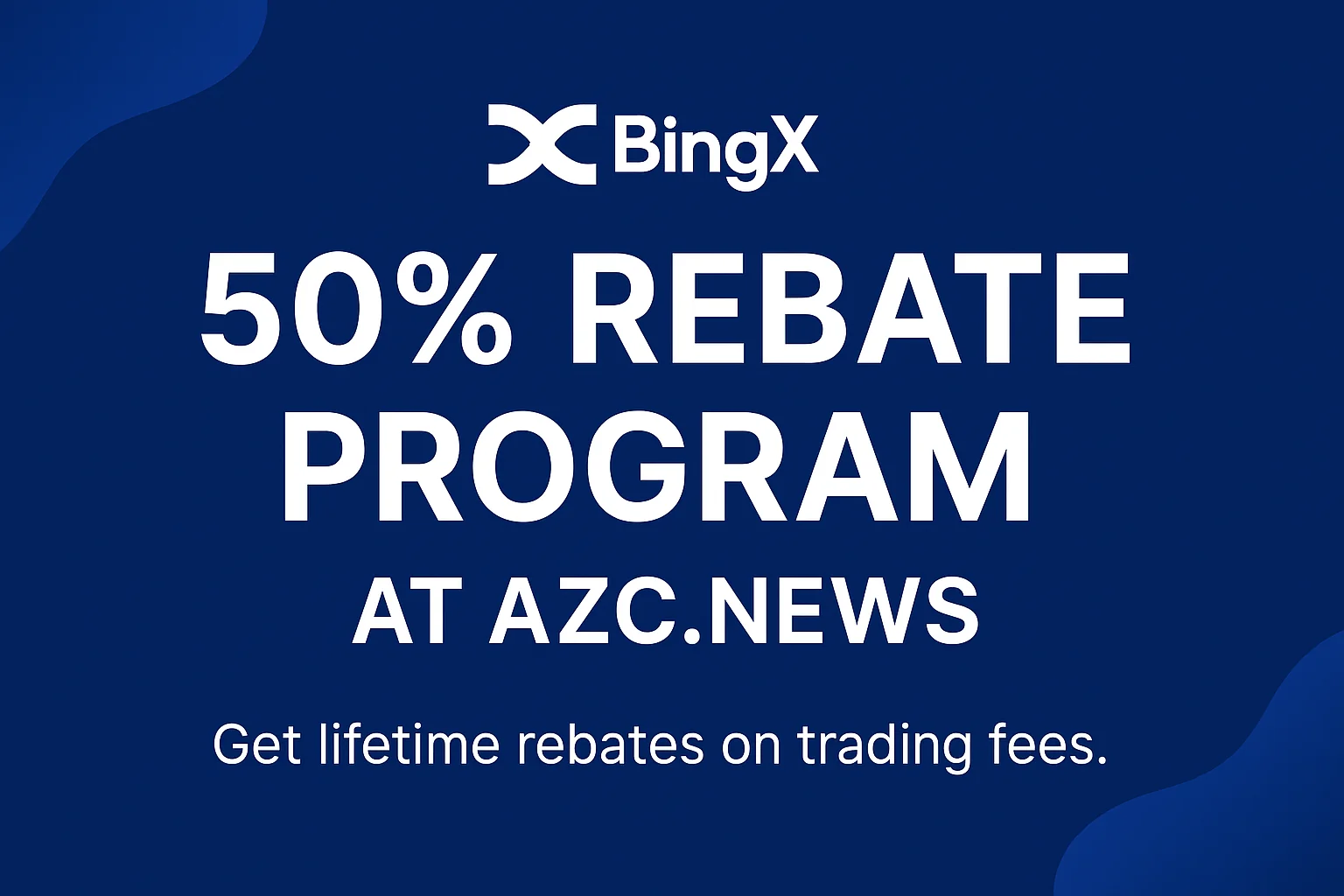The price of Bitcoin remains strong above the $100,000 mark, painting a vibrant picture of the market. However, behind this glamorous facade, the mining industry is undergoing a severe shakeout. The cost to produce a Bitcoin has exceeded $70,000, significantly narrowing profit margins. Only the lean, efficient, and adaptable miners can withstand this challenging environment.
According to the latest report from TheMinerMag, the cost of mining a Bitcoin sharply increased from $52,000 in Q4 2024 to $64,000 in Q1 2025, and continued to reach $70,000 in Q2—a rise of over 34% in just six months.
The reasons are not only due to the halving event in April 2024 but also the skyrocketing increase in network hashrate, combined with soaring electricity prices. Currently, the average 14-day hashrate of the Bitcoin network has reached a record 913 EH/s, while mining difficulty has hit 126.98 trillion—turning each block into a budget-consuming race.
Although the current Bitcoin price is still sufficient to generate profits for most miners, this gap is gradually closing. Notably, the $70,000 cost does not include machinery depreciation or other indirect expenses, making the reality much harsher. Some companies, like Terawulf, are facing extremely high electricity prices, reaching $0.081/kWh—almost double last year’s average—pushing production costs up by more than 25%. Additionally, the price of ASIC equipment remains high, ranging from $10 to $30 per TH, with payback periods that can extend up to two years—a concerning figure in an industry accustomed to 6-12 month payback cycles.
Related: Early Bitcoin Investor Predicts 100x Surge in the Next Two Decades
Amid this critical juncture, major players in the mining industry are not backing down but are accelerating their efforts. MARA expanded its capacity by 30% in just May, HIVE increased its hashrate by 32% thanks to a new facility in Paraguay, while Cipher ramped up by 70% in Texas. However, this is not a sign of optimism but rather a necessity for survival. Without expansion, falling hashrate means losing block opportunities, threatening the collapse of the entire business model.
Nevertheless, increased performance does not equate to higher profits. With the network’s hashrate rising sharply, hashprice—the profit per PH/s—continues to be eroded. Worse, transaction fees now account for less than 1% of the total block rewards, causing the “wages” that the network pays to miners to hit a record low.
In this context, the Bitcoin mining industry faces not just halving, but a brutal survival battle where only the strongest will endure.









